Santana de Parnaíba launches its SDG Voluntary Local Review (VLR)

The case for cities supporting the SDGs is incredibly compelling. Cities generate their own wealth, shape local policies and are spearheading a thrilling new vision of governance and engagement for the implementation of the SDGs.
Responding to the need to accelerate SDGs at local level, Gaia Education and UNESCO Global Action Programme on Education for Sustainable Development have developed a mobilization trajectory of five interdependent cycles to support municipalities to accelerate the local implementation of the SDGs monitored by a scheme of Voluntary Local Review (VLR).
This methodology has been put into practice for the first time in the city of Santana de Parnaiba through a unique public-private-institutional partnership between the municipal authorities, the company Artezano and leading institutions in education for sustainable development.
Santana de Parnaíba Partnership for SDGs
The UN system defines partnerships for the SDGs as follows:
Partnerships for sustainable development are multi-stakeholder initiatives voluntarily undertaken by Governments, intergovernmental organisations, major groups and other stakeholders, which efforts are contributing to the implementation of inter-governmentally, agreed development goals and commitments.
Santana de Parnaiba Voluntary Local Review is a UN #SDGAction30537.
Santana de Parnaiba VLR English forthcoming
Public Engagement
Public engagement lies at the heart of the SDGs. This project has promoted a culture of SDG encounters between city officials, businesses and civil society to achieve a whole range of SDGs.Propelled by the SDGs Training of Multipliers, Parnaiba has entered the SDG era built on an understanding of the interconnectedness of the prosperity of business, society and the environment. In this context the municipality have stretched beyond their usual partners, building engaging relationships with all those who have a stake in society through a series of dialogues and events.
The projected kicked-off in August 2018 when technical staff from various secretaries of the city joined their first series of training events.This set the stage for multi-stakeholder involvement, with a focus on delivering sustainable development through strong political leadership and collaboration across societal sectors.
SDG Commission established
The high engagement of civil servants, local business and civil society propelled the creation of an SDG Commission by public decree with the task of holding the continuity of the SDGs implementation to 2030. This commission meets every month and are currently writing their first Voluntary Local Review submitted to a series of public consultations including a week-long event in the main bus station at the heart of the city. Santana de Parnaiba will be tabling their first VLR during the HLPF 2019.
The goals are designed to interact, so designing to progress them all together should take some strategic planning. While vertically integrating its current policies and operations, Parnaiba has chosen a constellation of SDGs which generates multiple wins and positive side-effects to enhance the whole set of goals.
The first step in this process was the identification of the ‘catalyser SDGs’ – those goals that, once implemented, will enable the more effective and efficient implementation of many, if not all, of the other SDGs. Three core goals were identified – peace, justice and strong institutions (SDG 16), quality education (SDG 4) and good health and well being (SDG 3).
In Santana, SDG 16 had its roots in the Cidade Segura (Safe City) initiative. Continuing professional development of the police force; establishment of the first women’s police station to combat domestic violence; restoration of sidewalks and a virtual detection system cross-referencing images of vehicles with legal documentation are amongst some of the facets of Safe City.All these activities have enabled the city to turn the corner with levels of violence and crime down by 48% over the past five years. Today, it is one of the 10 safest cities in Brazil.
There has also been good progress in achieving improvements in education with eight new schools opened, guaranteeing quality early years education for 5,000 children, and three new colleges to provide improved technical training for young adults.
On health, the Mais Saúde (More Health) programme is improving the fundamental pillars of public health by promoting universal access to health care, investing in illness prevention, increasing the quality of life through the creation of municipal parks and green spaces and rewarding health professionals with decent salaries.
Cross sectoral social players in Parnaiba have so far:
- Acquired a multi-dimensional perspective on the 17 SDGs and correspondent targets and how their different portfolios could synergize further under the SDGs framework;
- Prioritized a number of goals that are particularly important for their city;
- Aligned existent local policies with SDGs targets;
- Identified projects and resources that are already supporting SDGs implementation;
- Sketched out strategies of how to engage local stakeholders around feasible projects.
Santana de Parnaiba is providing an unprecedented example of public-private-institutional partnership towards the adaptation of the global SDGs into an ambitious yet realistic local agenda. In this process, all societal sectors, including business, are recognised as key sustainable development actors and part of the solution.
Santana de Parnaíba is a city and municipality in the state of São Paulo in Brazil. It is part of the Metropolitan Region of São Paulo. The population is 126,574 (2015 est.) in an area of 179.95 km². It was founded in 1625 on the banks of the Tietê River, by Susana Dias, an important Bandeirante (Brazilian pioneers) wife. The city can be considered one of the oldest in Brazil, playing an important role in the expansion and territorial delimitation of the country. Nowadays, the city holds the highest historical patrimony of the colonial era in Brazil, besides being in full development and being a reference in several areas such as education, security and health. The word Parnaíba means rocky river. The municipality contains and administers the 367 hectares (910 acres) Tamboré Biological Reserve, a strictly protected conservation unit.






0 comments
Leave a comment